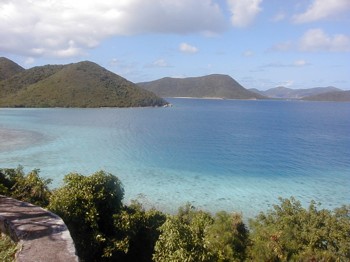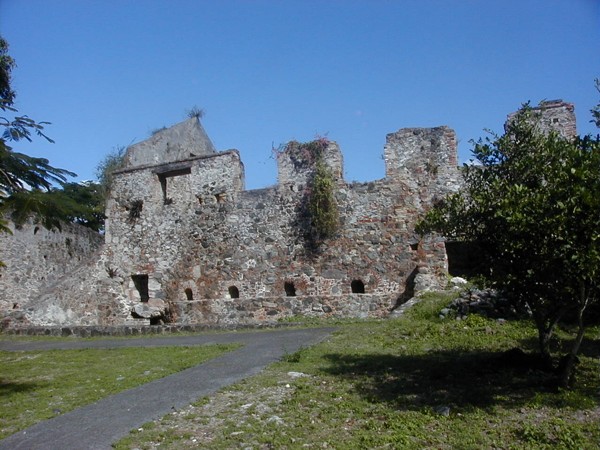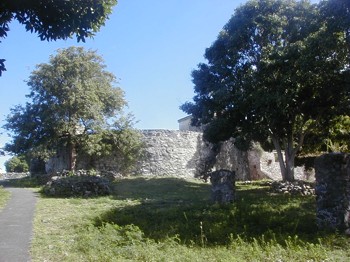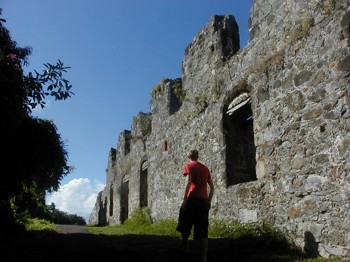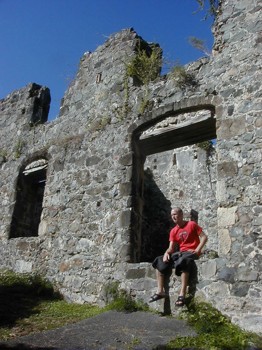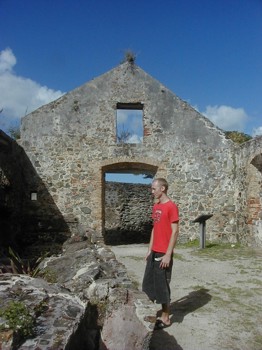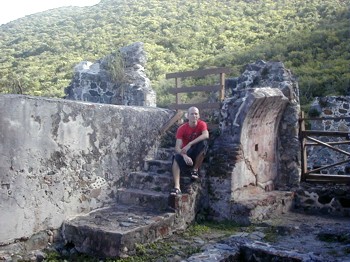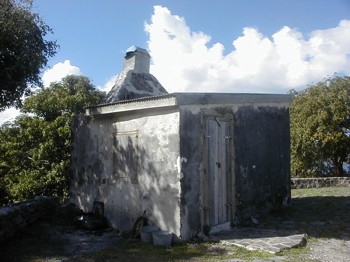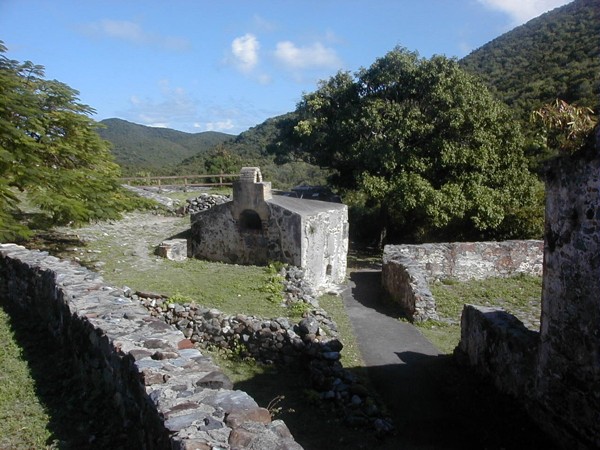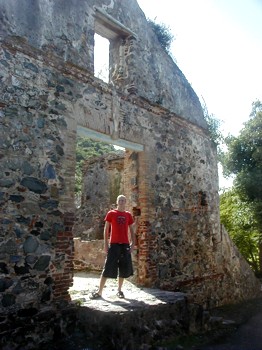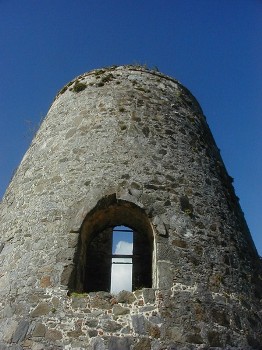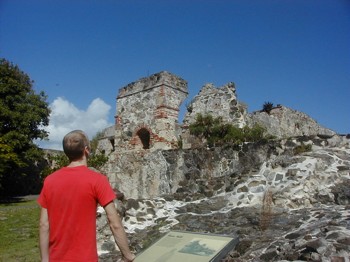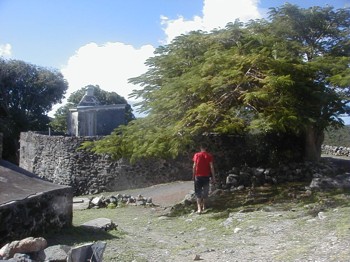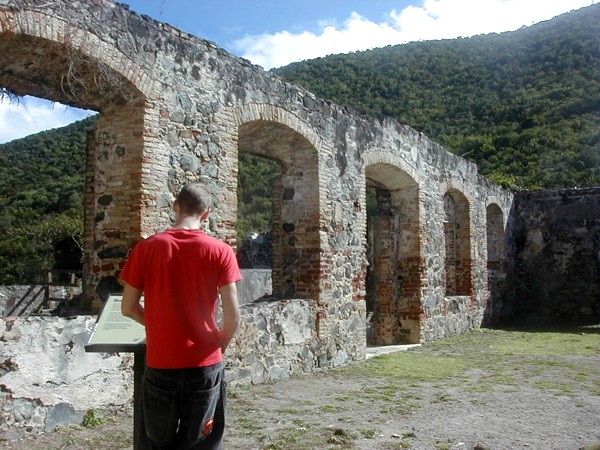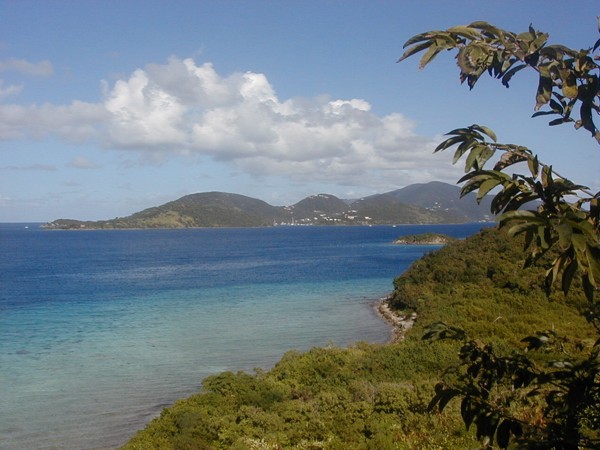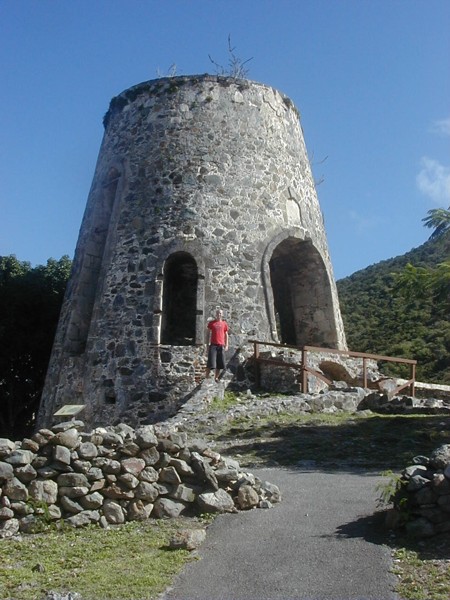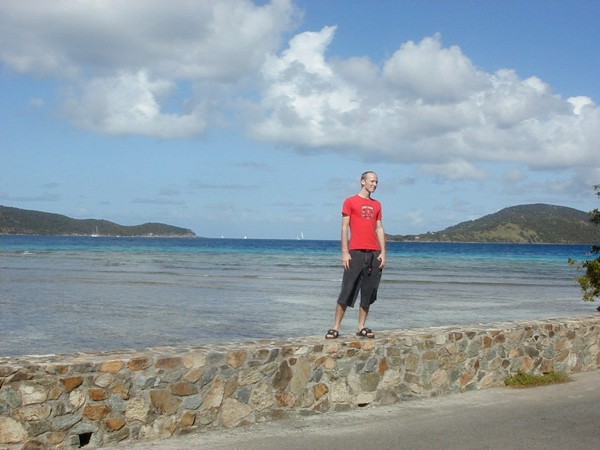Annaberg Sugar Plantation Ruins & Trail
|
|
|
|
|
|
|
The Annaberg Sugar Mill Ruins help the visitor visualize the equipment and labor of the 18th century. The Annaberg Sugar Mill has the distinction of being the largest, tallest windmill in the Virgin Islands. St. John could never have been considered ideal for agriculture. Its hills are too steep, the soil too thin and rocky, and the island itself too small for large concerns. More suitable islands like Cuba, Jamaica, Barbados, Guadeloupe, and Martinique were already colonized by the British, Spanish and French. A taste for sugar in Europe continued to grow, finally bringing the Virgin Islands to the attention of the Danes. The Danish Government offered homestead exemptions to the adventurous to colonize and produce sugar, rum, and molasses or plantations of cotton, tobacco and indigo. |
|
|
|
|
|
|
|
|
|
|
|
|
|
|
|
|
|
Early planters brought Danish convicts as labor, this practice ended as quickly as it was begun. This tropical environment proved too much for these indentured servants. Enslaved Africans became the labor source of the Sugar Plantations. To create a plantation, the hills had to be cleared of the ancient forests, terraced, filled and planted. Sugar Cane was an introduced crop and care had to be taken through its year long growth cycle. The plantations themselves grew along with the fields. The rocks and stones cleared from the ground became the terrace walls and the building blocks of the sugar factory. Among the first built would have been the horse mill, and using horsepower to crush the cane stalks. While this did not yield as much juice, it did not require the capital investment that a windmill did. The windmill was used by the Danish colonists in the production of sugar, molasses and rum. Its wind driven sails provided a power source to press the sugar rich juice from the cut cane stalk. |
|
|
|
|
|
|
|
|
|
|
|
To prevent spoilage of the fragile cane juice, much of it was moved through masonry pipes made of brick and stone, running from the Sugar Mill to the Boiling House. Where walkways intersected, wooden gutters were put in place during the milling season. Also, unique to the Annaberg windmill, is evidence of a fireplace built into the main mill wall. This was, perhaps, to wash the crusher stones and keep the fresh cane juice from souring. After the crushing, the cane stalks were dried to be used as fuel in the boiling house. The Boiling House would have been an important part of the factory for dual reasons. Primary, the processing of the cane juice to sugar, secondly, the wooden roof would offer an opportunity to collect rain water into the nearby cistern. This rain water was precious and important on a plantation with no fresh water sources of its own. It provided the drinking water for the human habitants, more importantly it provided water for the livestock and the fledgling plants. |
|
|
|
|
|
|
|
|
|
|
|
|
|
|
|
|
|
|
|


